About the testing process of individual coffee cups how to determine the flavor in coffee beans
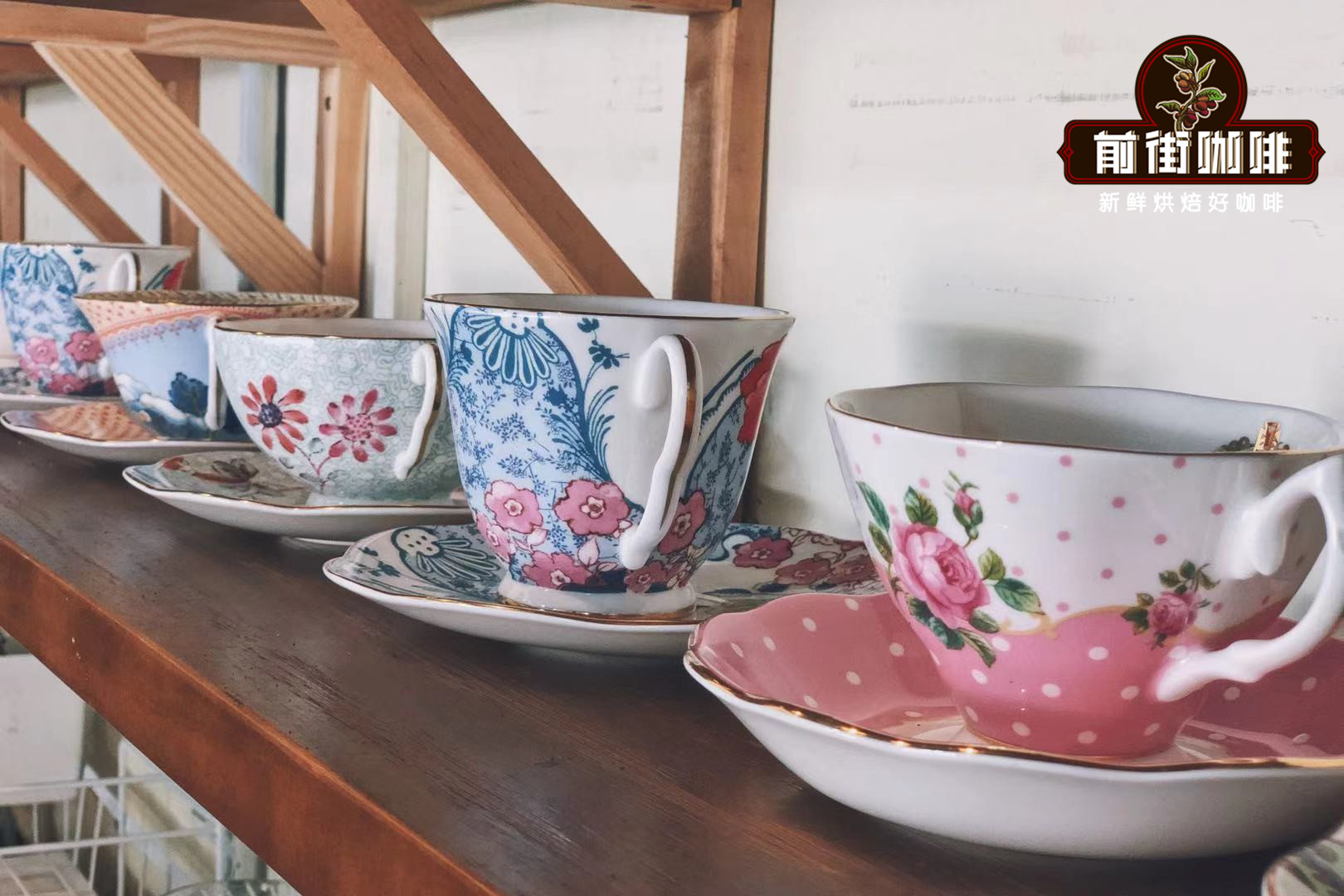
Professional coffee knowledge exchange more coffee bean consultation please follow the coffee workshop (Wechat official account cafe_style)
The development of boutique coffee let us know that the taste of coffee is so rich, different producing areas, different varieties to different treatment methods, a variety of factors are arranged and combined to form a rich and colorful flavor spectrum. There are numerous examples of the citrus fragrance of washed Yega Chuefei, the smooth balance of classic washed Blue Mountain Coffee and the herbal spices of Wet Manning Coffee.
In order to distinguish these different tastes, Qianjie coffee always takes cup testing as one of the core of its daily work.
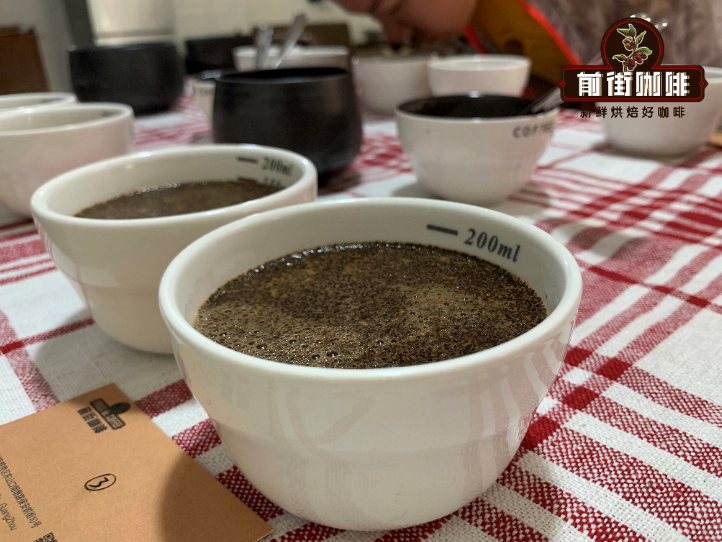
The cup test is an essential evaluation tool for anyone who wants to buy, sell or bake coffee. It can be used to compare batch differences, identify flavor contours, and identify defects in raw beans and baking.
Each kind of coffee has its own unique flavor and aroma, and cup testing is the way to find them. To understand coffee cup testing, you first need to master a few common terms. Here are a few cup test terms you should know.
Aroma refers to the state of coffee beans after grinding, the state that the powder in the cup floats to the surface to form a film after hot water is injected, and the aroma emitted in each stage after the powder is stirred and destroyed. Dried incense
When you grind coffee, you must smell something. This is the so-called dry fragrance, that is, the fragrance of coffee powder before brewing. The aroma of coffee powder is rich and colorful, such as fruit, spices, wood, grass and even soil.
Damp fragrance
After the coffee is brewed, you can still smell some aroma, which is called wet fragrance. Even if it comes from the same kind of coffee, dry fragrance and wet fragrance may be different. The dry aroma in coffee powder does not necessarily show up in brewed coffee.
Acidity
Baristas often use acidity instead of acid, because the word "acid" can make a bad impression. Acidity is divided into three levels, low, medium and high acidity.
Flavor
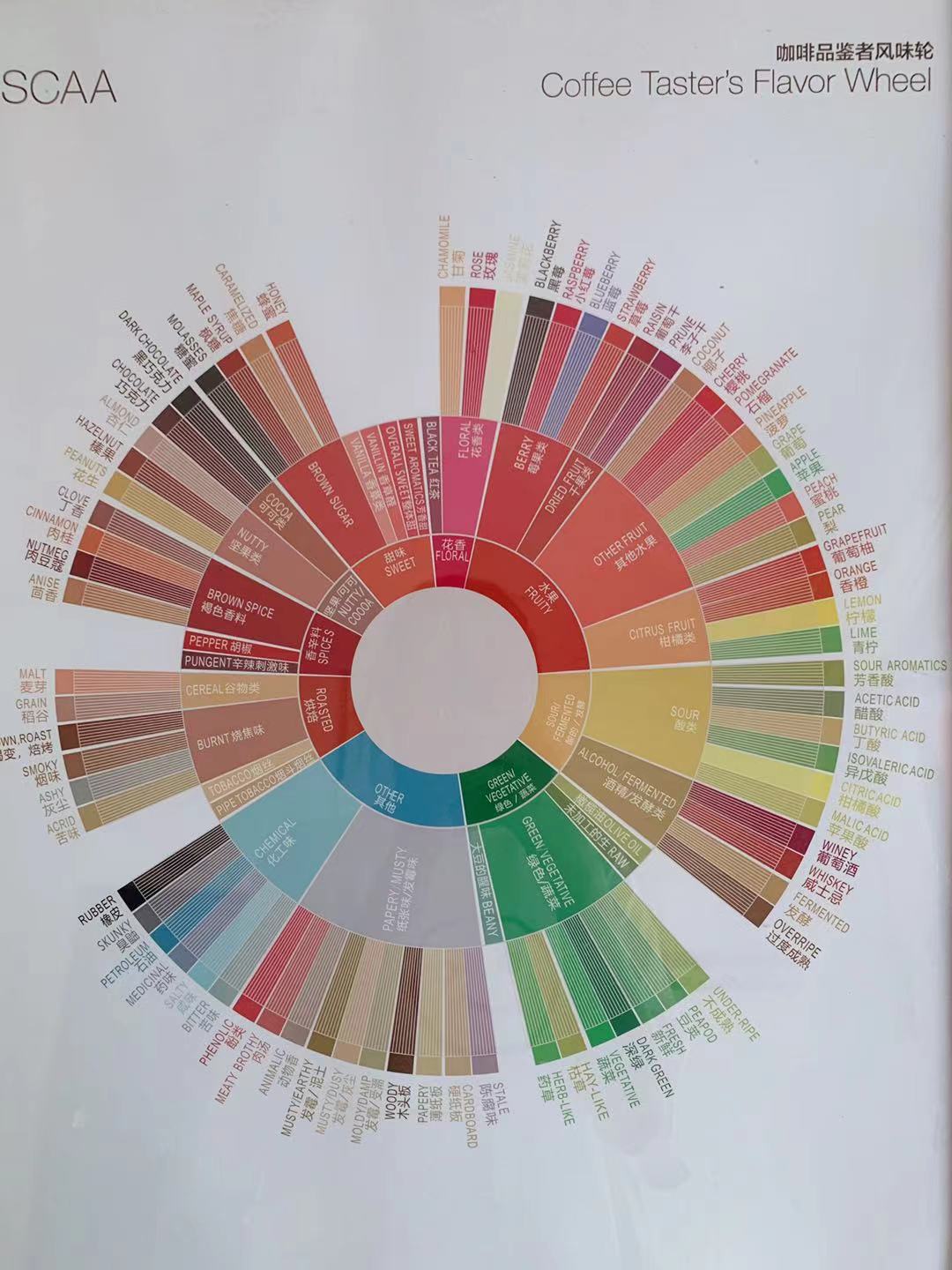
Flavor is the combination of taste and aroma, in the coffee circle, there is a coffee flavor wheel.
According to the boutique Coffee Association, the flavor wheel contains basic aromas. The smell can only be sensed through the tongue, but the aroma can only be smelled through the nose. The flavor wheel is the reference guide for coffee cup testing.
Sipping
The specific method of coffee tasting is sipping, which is very important. Coffee must fill the whole mouth, from the upper jaw to the lower tongue, from the left to the right.
Alcohol thickness
Alcohol thickness refers to the texture of coffee, such as milk, tea or mineral water. Light coffee is easy to swallow, just like drinking mineral water.
Aftertaste
The last coffee tasting angle is the aftertaste, that is, the taste left in the mouth after drinking the coffee. For example, there is a sticky feeling in the throat, or a clean feeling that nothing is left.
It's good to know some coffee terminology, but we should know that coffee is never right or wrong, especially when judging dry, wet and flavor. For example, maybe you smell oranges in your coffee, while others smell spices.
For more boutique coffee beans, please add private Qianjie coffee on Wechat. WeChat account: kaixinguoguo0925
Important Notice :
前街咖啡 FrontStreet Coffee has moved to new addredd:
FrontStreet Coffee Address: 315,Donghua East Road,GuangZhou
Tel:020 38364473
- Prev
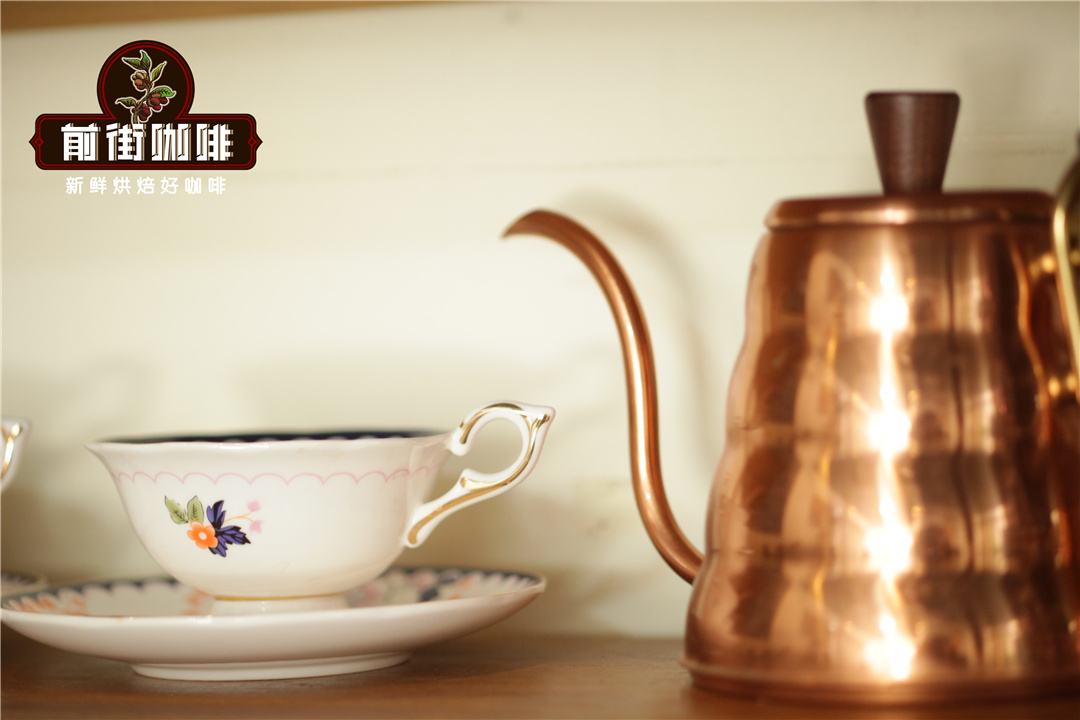
How to make coffee from coffee beans at home how to make coffee and brew coffee
When you sit in front of the computer, do you feel that there must be a cup of delicious coffee next to you? the coffee is slowly imported, slightly bitter, and then gradually sweet. So the following is the content about how the coffee beans prepared by Qianjie Coffee can taste good. How to soak coffee beans to taste good: coffee machine you can buy a fully automatic coffee machine, imported fully automatic coffee machine
- Next
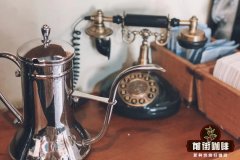
The price of boutique coffee beans is a little cheap and expensive. Why is there a big price gap?
Professional coffee knowledge exchange more coffee bean consultation Please follow the coffee workshop (Wechat official account cafe_style) from a political point of view, the prices of goods on the market are inseparable from this law: in short, it is the relationship between supply and demand. When supply exceeds demand, the price goes down, on the contrary, the price rises naturally. There is also a saying that things are scarce, that is, when the quantity is extremely rare,
Related
- What brand of black coffee is the most authentic and delicious? what are the characteristics of the flavor of the authentic Rose Summer Black Coffee?
- Introduction to the principle and characteristics of the correct use of mocha pot A detailed course of mocha pot brewing coffee is described in five steps.
- Which is better, decaf or regular coffee? how is decaf made?
- How much is a bag of four cat coffee?
- How about four Cat Coffee or Nestle Coffee? why is it a cheap scam?
- Which is better, Yunnan four Cats Coffee or Nestle Coffee? How about cat coffee? is it a fake scam? why is it so cheap?
- How about Cat Coffee? what grade is a hoax? which instant coffee tastes better, four Cat Coffee, Nestle Coffee or G7 coffee?
- Process flow chart of coffee making-Starbucks coffee making process what coffee tastes good at Starbucks
- The top ten best coffee beans in the world Rose summer coffee or Tanzanian coffee tastes good
- Yunnan four cat coffee is good to drink?_four cat coffee is a big brand? four cat blue mountain coffee is fake?

